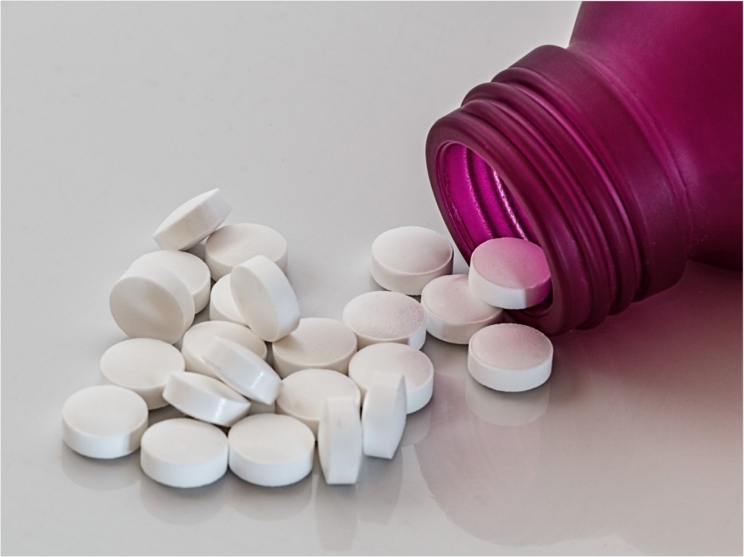
The Delaware Division of Public Health (DPH) is launching a campaign to increase awareness among dental providers about the addictive nature of opioid medications used after dental procedures. The DPH notes that the highest number of dental-related opioid prescriptions are for teenagers between the ages of 14 and 17, followed closely by young adults ages 18 to 24, due to third molar extractions.
The DPH is now distributing a toolkit to every dental office in the state with resources for both dentists and patients to encourage safe and healthy pain management. It includes a provider letter and fact sheet, a patient brochure, and posters for display, with the message that “all pain is not the same” and should be treated effectively without opioids whenever possible. The ADA strongly recommends nonsteroidal anti-inflammatory drugs as first-line therapy.
“Dental professionals have a unique opportunity to help curtail the opioid epidemic by suggesting opioid alternatives for pain management when possible, counseling patients on the risks of opioid use, and educating on proper disposal procedures,” said Nick Conte, DMD, PhD, director of the DPH Bureau of Oral Health and Dental Services.
A 2011 study in the Journal of the American Dental Association estimated that dentists are responsible for 12% of prescriptions for fast-acting opioid pain relievers, just below general practitioners and internal medicine doctors. The opioids most commonly prescribed by dentists are hydrocodone and oxycodone, which are highly addictive and have the highest potential for abuse, the DPH reports.
The campaign supports a larger initiative to reduce the rate of opioid prescriptions with the ultimate goal of reducing opioid-related overdoses and deaths. In 2018, the DPH expanded its HelpIsHereDE.com website for healthcare providers with tools such as forms and screening templates and resources including patient materials.
Patient and dental provider materials from the oral health toolkit have been added to the healthcare provider section of HelpIsHereDE.com, which also offers addiction prevention, treatment, and recovery resources and information for individuals, families, and healthcare providers in Delaware.
According to the Centers for Disease Control and Prevention (CDC), Delaware is first in the nation for prescribing high-dose opioids and for prescribing long-acting opioids. DPH director Karyl Rattay, MD, says that only 1% of providers write 32% of the state’s opioid prescriptions, but almost all providers are struggling with how to better help their patients.
“This isn’t just about telling providers what they need to do. It’s about motivating them by telling them why they need to do it. It’s also about providing comprehensive, evolving support to the trusted caregivers in our community,” Rattay said.
“Certainly, the entire crisis surrounding opioid addiction and drug-related deaths doesn’t lie solely in the hands of healthcare providers, but they are the critical starting point and offer the greatest potential for impacting our state’s continual move toward safer use of opioids,” Rattay said.
Preliminary estimates for 2018 indicate 419 opioid overdose deaths across the state, an increase of 21% from the 2017 total of 345 deaths, according to the DPH Division of Forensic Science. The CDC ranked Delaware sixth in the nation for overdose mortality rate in 2017.
Related Articles
First-Time Opioid Prescription Rates Decline
Informed Consent Form for Opioid Prescriptions Now Available
UnitedHealthcare Updates Policies to Reduce Potential Opioid Misuse











